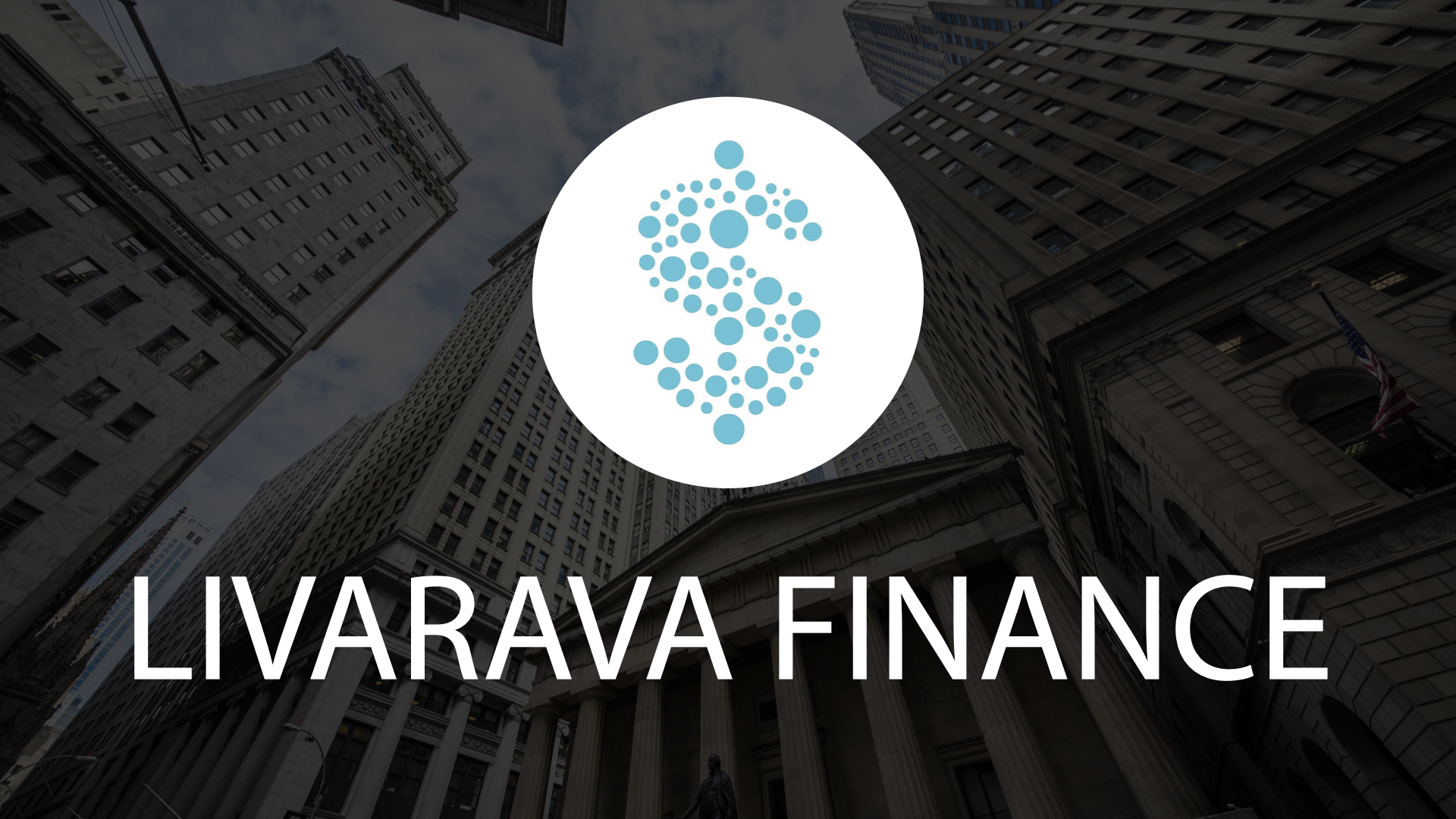Examining Duolingo's AI Integration and Its Implications for Future Growth

Understanding Duolingo's AI Enhancements
Duolingo has recently implemented AI-driven features that provide a noticeable short-term boost to its platform and user experience. These innovations focus on improving personalization and engagement levels among users, which in turn leads to higher retention rates. However, this focus on immediate gains raises concerns about a potential long-term risk.
Potential Risks Ahead
- Increased dependency on AI tools
- Market saturation in the language-learning platform
- Challenges in maintaining user engagement over time
As educational technology continues to advance, companies like Duolingo must navigate these risks carefully. A failure to do so could undermine the very advantages that new technologies provide.
This article was prepared using information from open sources in accordance with the principles of Ethical Policy. The editorial team is not responsible for absolute accuracy, as it relies on data from the sources referenced.